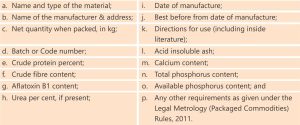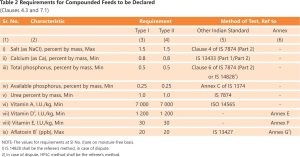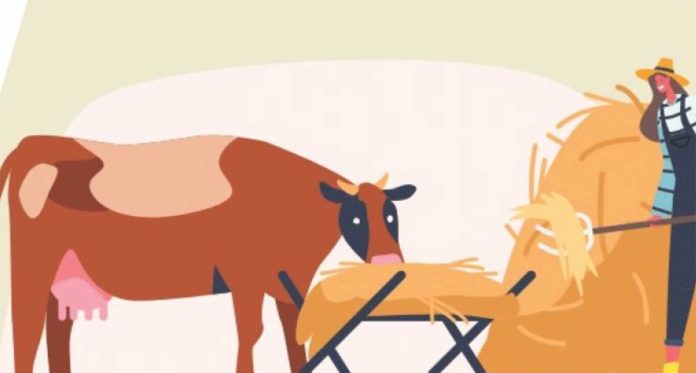

The FSSAI observed that foods of animal origin have sometimes been found to be non-compliant with the relevant food quality and safety standards under the Food Safety and Standards Act (FSSA), 2006.Higher quantities of pesticides, heavy metals, and Aflatoxin M1 were found in several specimens, including milk. Hence, it issued a directive dated 27 January 2020, making the compliance of commercial feeds or feed materials mandatory under section 16 (5) of the Act.
This made the BIS certification mark compulsory for all feeds or feed ingredient products manufactured, imported, sold, and distributed in the country. However, the implementation of the same had to be postponed due to the COVID-19 pandemic in the country in the year 2019 and again because of its recurrence in the year 2020. The deadline to implement the BIS standards was extended two times, and once again at the request of the industry stakeholders to 27July 2023.
As per the directive, the feed manufacturer must procure the BIS license from the Bureau of Indian Standards (ISI Mark). The license is issued to the manufacturer after a satisfactory evaluation of the production process, quality control and testing capabilities, and manufacturing infrastructure. Once the feed manufacturer obtains the license, the packed compound feed bags are marked in compliance with BIS – IS 2052:2009. Each bag must bear the ISI certification mark. The compounded feed bags must show the information required by the standard.
IS 2052: 2009 COMPOUNDED FEEDS FOR CATTLE—SPECIFICATION (4thRevision)
Ingredients Besides, common salt, mineral mixture (Type II), Dicalcium Phosphate(DCP) (see IS 5470), calcite powder, and vitamin A, any of the ingredients listed in Annex B may be used for compounded cattle feeds.’


For testing of total nitrogen, the method given in 5 of IS 7874 (Part 1) shall be used and for testing of sulphur, the method given in Annex B of IS 1664 shall be used.”


Clause 5.2 – Each bag shall be legibly marked or labeled to give the following information:













